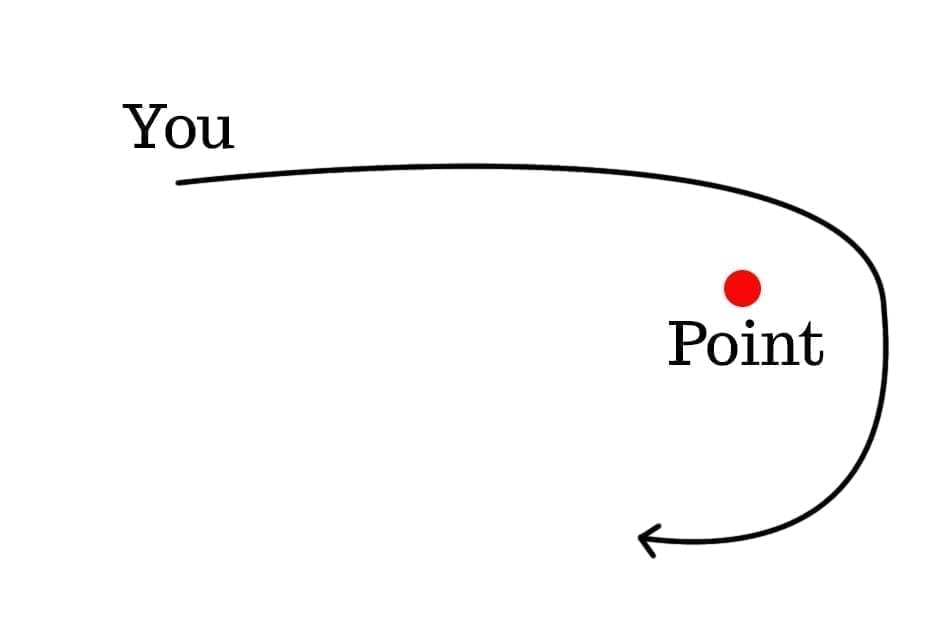
Influencer
In some it inspires eye rolls and lamentations about the end of civilization.
In others, career opportunities and the chance to be creative while engaging with audiences who seek information and rsources about products and services.
Where you fall on that continuum might have something to do with your generation, or the imperative to reach potential customers wherever they are today.
And today, many of them are on the socials.
So where does that leave you and your brand?
Well, before we talk about that, let’s take a historical peek at what influencers are, where they came from, and what it means for you.
Influencer marketing
has become a cornerstone of brand promotion, revolutionizing how companies connect with their target audience.
The roots of influencer marketing stretch far beyond the realm of social media, finding their beginnings in traditional advertising mediums like print. Understanding this evolution is crucial for brands seeking authentic engagement with influencers and their followers.
In the not-so-distant past, brands relied heavily on print media such as magazines, newspapers, and billboards to reach consumers. Celebrities adorned glossy pages, endorsing products and dictating trends. This form of influencer marketing, albeit less interactive, laid the groundwork for the collaborative partnerships we see today.
As technology advanced and social media platforms emerged, influencer marketing underwent a profound transformation. Suddenly, everyday individuals with sizable online followings gained the power to sway consumer behavior. These influencers, ranging from fashionistas to fitness gurus, possessed an authenticity that resonated with audiences weary of traditional advertising tactics.
The rise of platforms
like Instagram, YouTube, and TikTok provided influencers with unprecedented reach and accessibility. Brands recognized the potential of collaborating with these digital tastemakers to tap into niche markets and cultivate brand loyalty. Thus, the era of influencer marketing as we know it was born.
However, amidst the digital frenzy, brands should not overlook the enduring effectiveness of print media in influencer campaigns. Print offers a tangible and tactile experience that digital platforms cannot replicate. By incorporating print into their influencer strategies, brands can create memorable and immersive experiences for both influencers and their followers.
One way brands can leverage print in influencer marketing is through bespoke publications. Imagine a high-end fashion brand partnering with a renowned photographer to produce a limited-edition coffee table book showcasing their latest collection. Influencers selected for the campaign receive personalized copies, fostering a sense of exclusivity and appreciation.
Print media
also allows brands to craft narrative-driven campaigns that resonate on a deeper level. Rather than bombarding audiences with fleeting digital content, brands can collaborate with influencers to create editorial spreads or advertorials in magazines. These visually captivating stories not only showcase the brand’s products but also align them with the influencer’s lifestyle and values.
Another innovative approach is incorporating QR codes or augmented reality (AR) technology into print materials. Brands can work with influencers to distribute print advertisements embedded with interactive elements that drive online engagement. For example, scanning a QR code might unlock exclusive behind-the-scenes content or special offers, bridging the gap between print and digital experiences.
Furthermore, print media offers longevity and permanence in short attention span digital landscape. While social media posts may get buried in feeds within hours, print materials have staying power. Influencers can proudly display magazine features or branded merchandise in their homes, serving as constant reminders of their partnership with the brand.
Influencer marketing has evolved from its humble beginnings in print to dominate the digital landscape. Yet, the synergy between print and digital media presents an untapped opportunity for brands seeking authentic engagement with influencers and their followers. By embracing print in influencer campaigns, brands can create immersive experiences that resonate long after the digital dust settles





